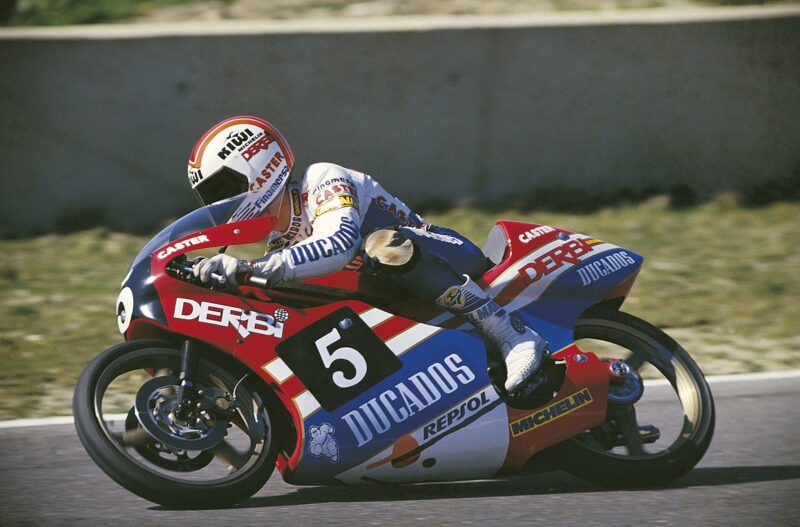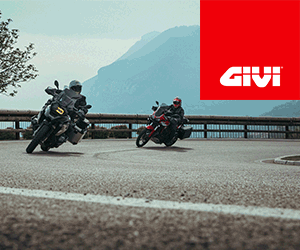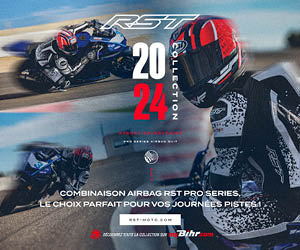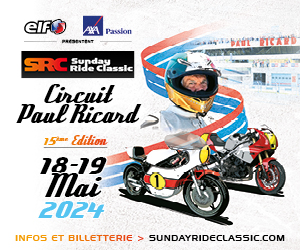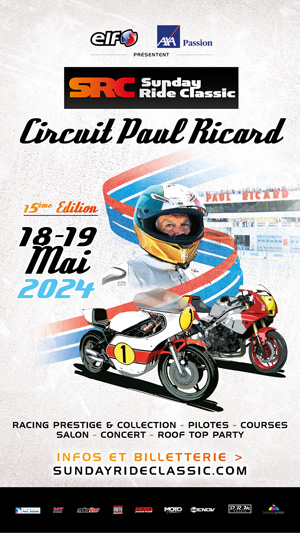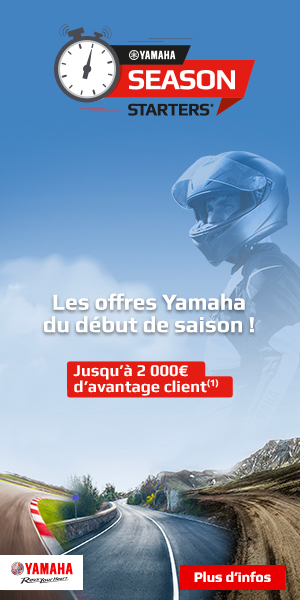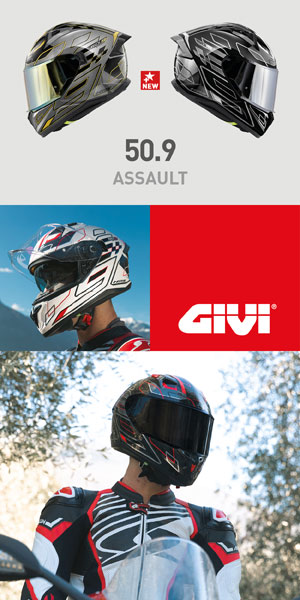Everyone who follows motorcycle Grands Prix knows Jorge Martínez. And if everyone knows that he is a legend, it can be difficult to imagine why he is so highly regarded if you only recently discovered the world championship. Without the slightest victory in the premier category, he nevertheless enjoys a special place in history, and his activity as team director further strengthens his legacy. This is Aspar's story.
Jorge was born in 1962 in Alzira, in the province of Valencia in Spain.. The passion for motorcycling came quite late, at 16 years old. He discovered competition during a small race not far from his home. Then, one thing leading to another, he progressed until he became national champion in 50cc on
Bultaco. Jorge Martínez is nothing short of a prodigy. From his world debut in the same year 1982, he made an impression with a 6th place in Jarama.
As a wildcard for the 50 1983cc Spanish Grand Prix on
Rieju, he reached the third step of the podium, in addition to being crowned national champion in 80cc. We must not waste a minute and sign young Jorge. It is
Derbi which takes care of it in 80cc, the new class which replaces
the aging 50cc ones. The category is populated with big names (Hans Spaan, Pier Paolo Bianchi, or Stefan Dörflinger) but nevertheless, he is far from being behind. “Aspar”, a nickname which refers to the profession of espadrilles maker practiced by his grandfather (“espardanyer” in Valencian, pronounced “aspardanyer”) won for the first time in his career at Assen, and finished 4th in the general.
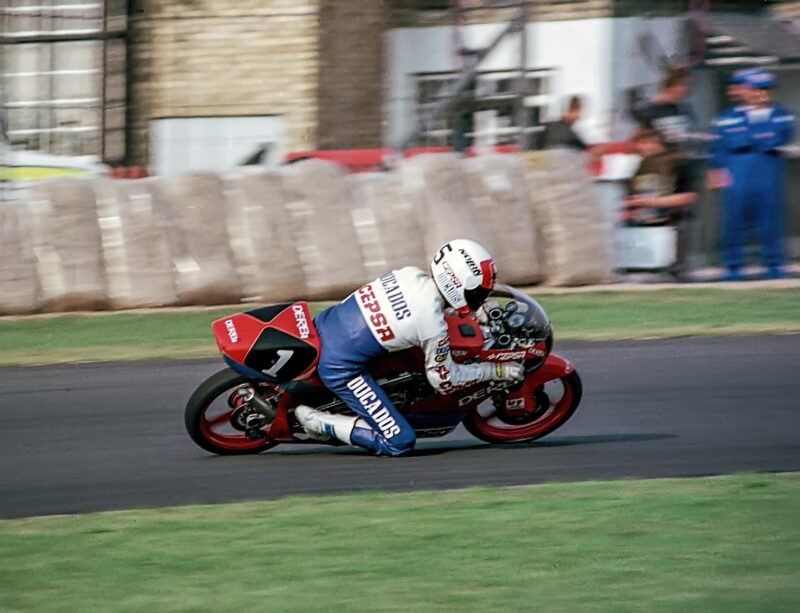
Jorge at Donington in 1989, on the iconic Derbi “Ducados”. Photo: Stu Newby
Then, he gains further ground. A fierce battle opposed him to the Swiss Dörflinger in 1985, then riding a Krauser. The consistency of the Swiss rider is better, and two retirements in a season of seven races represent too big a deficit. It was in 1986 that the “Aspar era” began. The Derbi are sharp, but above all, Jorge Martínez is heading straight towards his first world title. With four victories, he leaves his teammate no chance
Manuel Herreros. Now world champion, he is still putting his crown back on the line in a class that remains as hotly contested as ever.
In 1987, he was even more untouchable. With seven victories against three for all the other drivers combined, “Aspar” is once again crowned world champion ahead of “Champi” Herreros. His undivided domination is of course reminiscent of a certain Ángel Nieto, titled 13 times in small categories from 1969 to 1984.
Will he have the same longevity as his good friend?
For the 1988 season, Jorge took on a new challenge: moving up to the 125cc category, but without forgetting the 80cc. While one could expect difficulties regarding adaptation, Martínez dazzled the motorcycle world by winning on both cylinders with 15 victories in 18 outings. This is the last double in history, and we will never see such an achievement again, that's for sure.
A bit like Freddie Spencer in 1985, “Aspar” leaves feathers there. Running – and winning – twice a weekend is an achievement, but is not without consequences for your health. In 1989, he was no longer the same man. Drains in spades in both classes relegated him to second place despite a victory in 80cc and one in 125cc. While the smallest category disappears, he makes a strong choice by signing for JJ Cobas en
125 tsp et 250 tsp for 1990.
This third double commitment in three years was perhaps too much. Strong in 125cc but no longer as regular as in the past, he struggled in the quarter liter class and finished in positions unworthy of his rank. From then on, he definitively stopped playing on two tables and focused solely on the 125cc in 1991. Unfortunately, he was no longer able to gain confidence and speed, especially since the tight grids were particularly competitive. During this period, he set up his own structure and began to run for himself. This situation lasted until he hung up his helmet at the end of 1997, then on Aprilia. Surprisingly, he had regained his outsider status over the last two campaigns, but at 35 years old, there is not much to hope for a competitor like him.
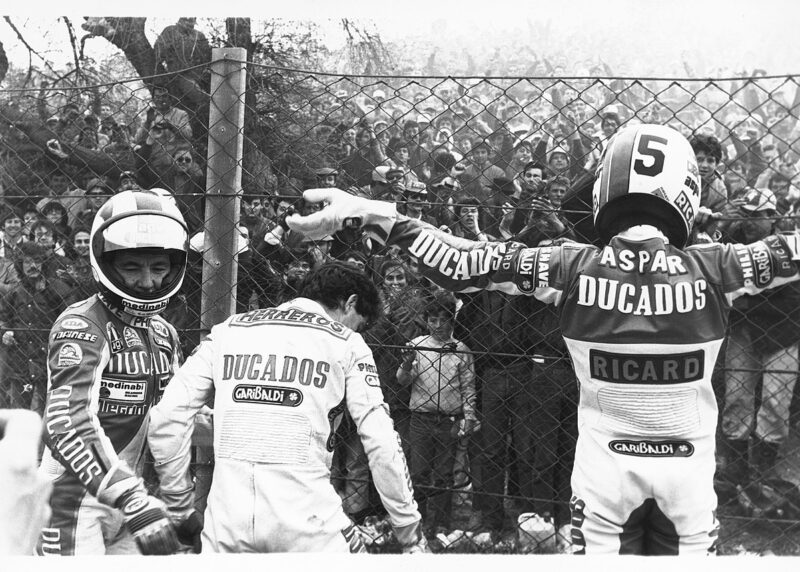
The first golden generation of Spaniards. Namely Nieto, Herreros and Martinez. Photo: Box Repsol
As you know, the story doesn't end there. Team director in the 2000s, his finely tuned machines were hit with sponsors
“Mapfre” ou
“Bank” won everything. We notice in Jorge Martínez a great sense of recruitment. He is capable of helping drivers win titles that we would not have imagined at this level. He joins the MotoGP in 2013 thanks to the regulation
CRT, then subsequently continues as a Ducati customer with mixed results in the most prestigious of categories. In honor of his friend Nieto, he even renamed the team after him in 2018.
His return to small cars is fruitful, and he is still at the top more than twenty years after the creation of his team. Last year, he even achieved a double Izan Guevara/Sergio Garcia in Moto3, and was 6th in Moto2 with Jake Dixon under the awning Gas Gas. Case to be continued, but in any case, neglecting the chances of a team led by the
MotoGP Legend Jorge Martínez would be a mistake.
Did you know about the career of “Aspar”?
Tell us in the comments!
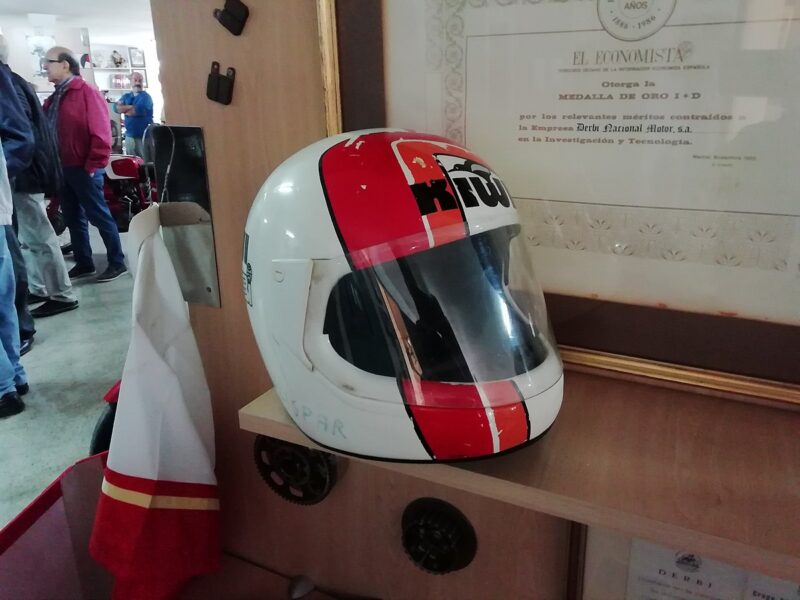
Aspar's helmet used in 1982. Photo: Montesita
Cover photo: Box Repsol











